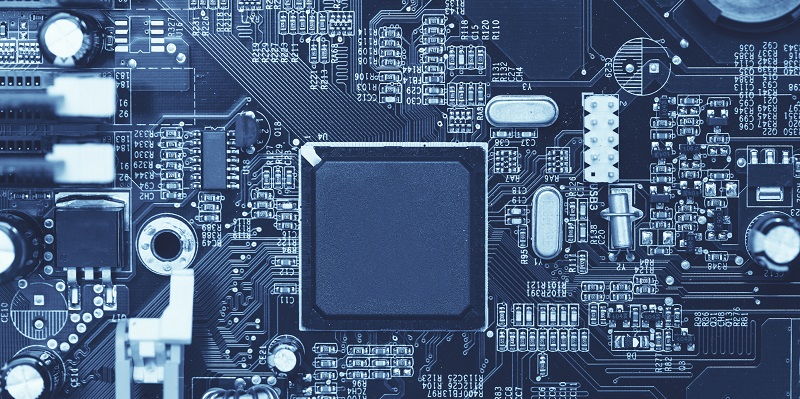Intel is making plans to enhance the performance of its upcoming processor, Arrow Lake, by increasing the amount of L2 cache in its performance cores, also known as P-cores. By incorporating a 50% boost in L2 cache, Intel aims to improve the memory bandwidth for applications dependent on this feature. This article delves into the details of Intel’s strategy, examining the advantages of increased L2 cache over its predecessors and the potential impact on Arrow Lake’s overall architecture.
Intel’s plan for increased L2 cache in Arrow Lake’s P-cores
In a bid to enhance the capabilities of Arrow Lake’s P-cores, Intel intends to increase the L2 cache from the existing 2MB per core on Raptor Lake to 3MB per core. This upgrade will significantly improve the memory bandwidth for the upcoming processor, positioning Arrow Lake favorably against Alder and Raptor Lake in applications that rely on efficient memory utilization. By allocating additional cache resources, Intel aims to consolidate its position as a leading processor manufacturer.
The Evolution of Cache in Intel’s CPU Families
Intel has been diligently increasing the cache in each new generation of CPUs. When Alder Lake was unveiled, it introduced P-cores with 1.25MB of L2 cache, a capacity that was subsequently increased to 2MB for Raptor Lake. Now, with Arrow Lake, Intel plans to further increase the cache capacity to 3MB per core. This trend signifies Intel’s commitment to continuous improvement and innovation in its processor offerings.
Advantages of Increased L2 Cache for Arrow Lake
The addition of more L2 cache in Arrow Lake will bring about several advantages. By enabling a larger cache size, some data requests can be accommodated in the fast L2 memory, bypassing the slower L3 cache or main system memory. This allows for faster access to frequently used data, ultimately improving overall performance. Furthermore, the heightened memory bandwidth will ensure smoother and more efficient multitasking, enhancing user experience across a wide range of applications.
Understanding Arrow Lake’s Cache Architecture
While Intel’s plans for L2 cache in Arrow Lake are clear, details regarding the L3 layout remain uncertain. Intel’s cache hierarchy typically involves multiple levels, each serving different functions and speeds. It will be interesting to see how Intel optimizes the L3 cache design in correlation with the expanded L2 cache to strike a balance between performance and efficiency.
Arrow Lake’s unique 20A process and disaggregated desktop CPU approach
Arrow Lake will mark a significant milestone for Intel with its utilization of the 20A process, featuring a tile-based design. This approach signifies a new era for Intel’s desktop CPUs, showcasing their progress in manufacturing technology. The use of tiles allows for greater flexibility and scalability, ultimately contributing to improved performance and efficiency. With a disaggregated desktop CPU, Intel aims to deliver enhanced performance by decoupling resources and achieving better resource utilization.
Additional L2 cache in the broader context of Arrow Lake’s architecture
While increased L2 cache is a significant aspect of Arrow Lake’s architecture, it is important to acknowledge that it is just one piece of a complex puzzle. Intel’s focus on increasing cache aligns with their broader goal of optimizing memory bandwidth and overall processor performance. The incorporation of additional L2 cache in Arrow Lake, combined with other architectural enhancements, is expected to result in a powerful and efficient processor that caters to the demands of modern applications and workloads.
Intel’s plan to boost the L2 cache in Arrow Lake’s P-cores demonstrates their commitment to enhanced performance and improved memory bandwidth. By increasing the cache capacity by 50%, Intel aims to provide significant advantages over its predecessors, Alder and Raptor Lake, in terms of memory-intensive applications. While the specifics of the L3 layout in Arrow Lake remain unknown, the expanded L2 cache is poised to augment performance by enabling faster access to frequently used data. With the 10A process and a tile-based design, Arrow Lake represents a new chapter for Intel’s desktop CPUs, showcasing their commitment to innovation and progress.

